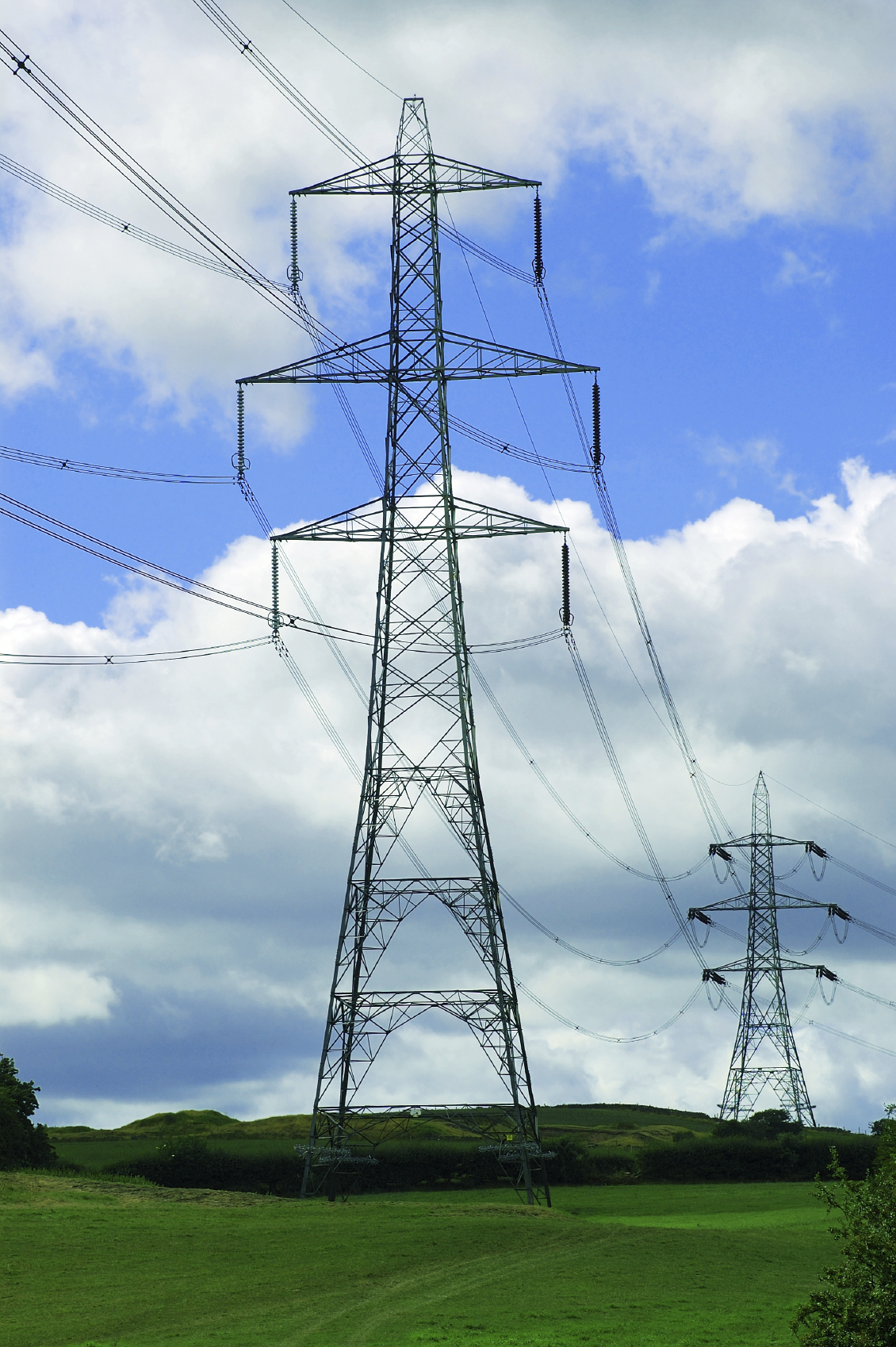After Aggregation: Chicago Residents’ Electricity Options
The City of Chicago is ending its municipal aggregation contract with Integrys after the 2-year contract comes to a close this summer. The transition period will last through August 2015.
Municipal aggregation allows communities to bulk purchase electricity through an alternative supplier, negotiating prices lower than the ComEd fixed rate. Since Chicagoans voted to aggregate two years ago, the ComEd fixed rate has decreased and alternative suppliers’ rates are no longer the deal they once were. Because of this, the City has opted to return customers back to the ComEd fixed rate.
 What Does this Mean for Me?
What Does this Mean for Me?
As a residential electricity consumer, you have options.
Beginning April 27, residents will receive a letter from the City announcing the change. Even if you do not receive the letter, all Chicago residents with the aggregated Integrys rate have three options:
- Do nothing. If you take no action, you will return to the ComEd fixed rate. This will happen automatically beginning in August.
- Choose an alternative supplier, as an individual. This is similar to the City’s approach with Integrys, except this time, it’s up to you to select a specific supplier. Because there are many players in the market, we highly recommend researching alternative suppliers before selecting one. Citizens Utility Board and Plug in Illinois are good resources to begin with.
- Choose ComEd’s hourly rate option, ComEd Residential Real-Time Pricing (RRTP), which allows participants to pay hourly, market-based prices for electricity. Elevate Energy administers this program for ComEd.
For Those Already on ComEd’s Hourly Rate
If you already participate in ComEd’s Residential Real-Time Pricing program, you likely will not receive a letter from the City announcing the change. If you do, you can ignore it as you are not actually an aggregated customer. ComEd will continue to deliver your electricity, and you will continue to pay the hourly, market-based prices for electricity, not the ComEd fixed rate.
How Hourly Pricing Works
With ComEd Residential Real-Time Pricing, shifting electricity usage to lower priced hours can lower residential electric bills.
The ComEd RRTP program provides access to hourly electricity prices that are based on ComEd Zone PJM wholesale market prices. (PJM is the regional transmission organization that manages the market where the real-time electricity prices used for RRTP are set.) ComEd does not profit from the market price of electricity. It simply passes on the price of electricity without mark up; customers pay the market price.
In addition to savings, hourly pricing helps protect the environment. By reducing electricity use during peak demand times, we reduce the need to build or operate additional power plants, which helps lower greenhouse gas emissions. Shifting electricity use helps ease stress on the power distribution system, making electric service more reliable in our communities.
Since the program began, RRTP participants have experienced a savings of more than 15 percent off the electricity supply portion of their electricity bill, as compared with what they would have paid with ComEd’s fixed-price rate.
To help decide if you’re a good candidate for hourly pricing, take a look at the graph on your bill showing how many kilowatt hours you use each month. If you live in a single family home and regularly use more than 500 kWh each month, or if you live in an apartment or condo and regularly use more than 350 kWh each month, and live in ComEd territory, you may be a good fit.
Questions? We’re Here to Help
There are resources to help you decide. In addition to Citizens Utility Board and Plug in Illinois, you can call Elevate Energy at 773.269.4037 – our program support associates are available to discuss hourly pricing and let you know if you’re a good fit.
For more on ComEd’s hourly rate option, check out this video.



